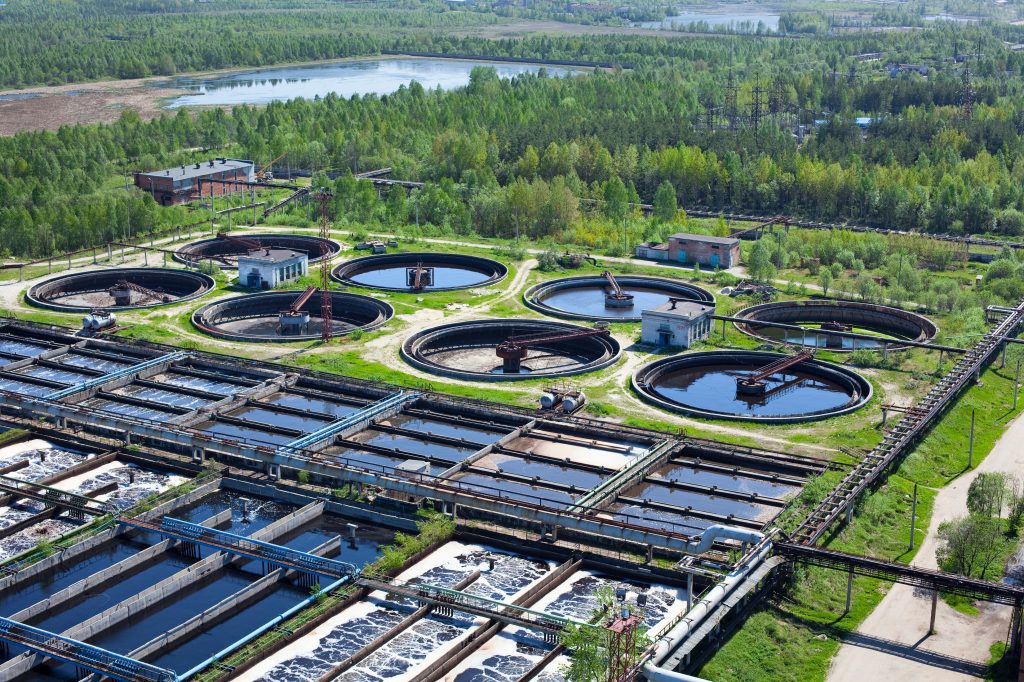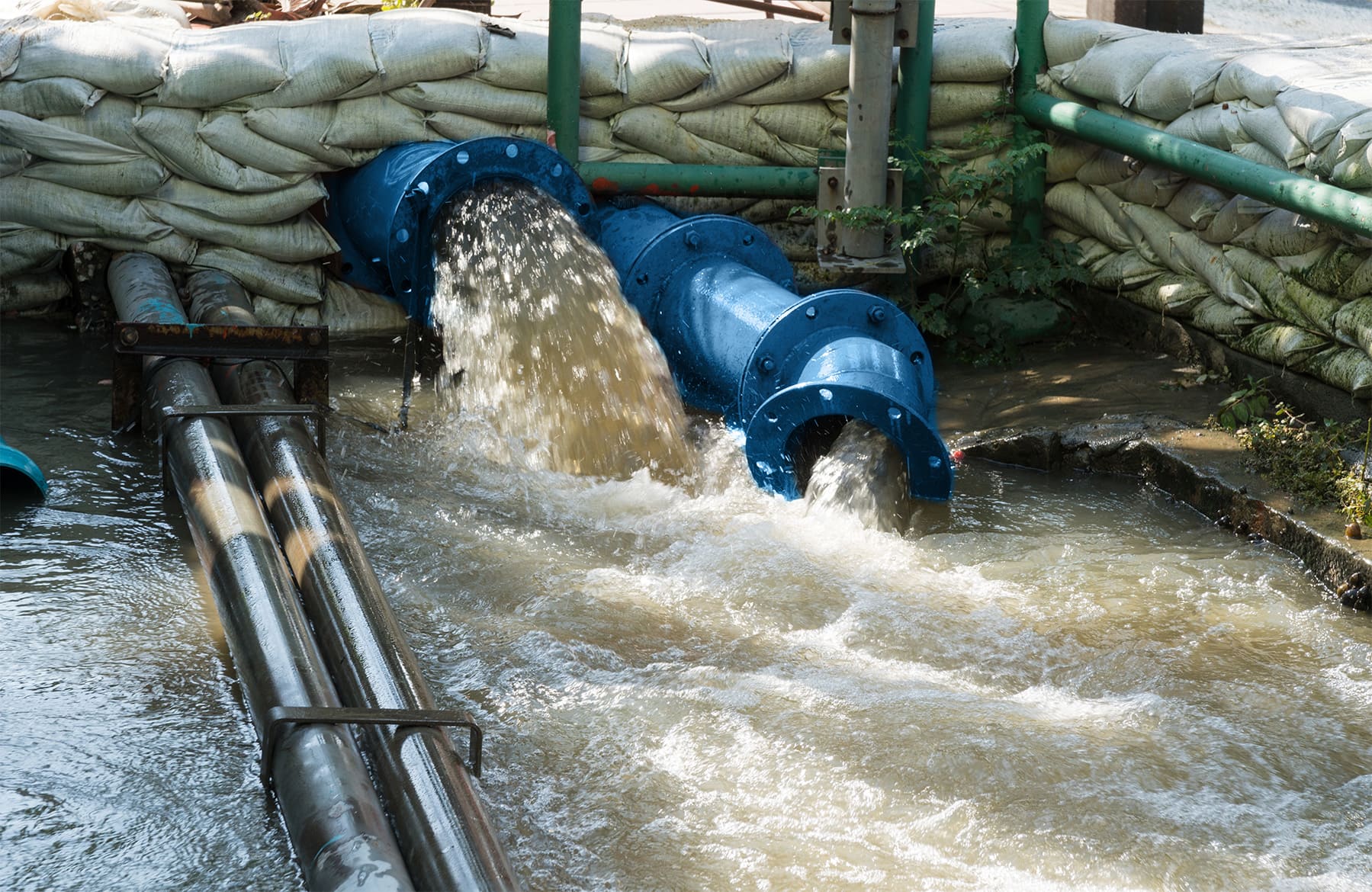The use of water treatment polymer in municipal systems improves sustainability.
The use of water treatment polymer in municipal systems improves sustainability.
Blog Article
Discover How Water Therapy Polymer Functions to Enhance Your Water Purification Refine
Water treatment polymers have emerged as vital representatives in the realm of water purification, functioning as both flocculants and coagulants to dramatically boost the removal of contaminants - water treatment polymer. By helping with particle gathering and boosting sedimentation performance, these substances not only improve water high quality yet also enhance operational processes.
What Are Water Therapy Polymers?
Water therapy polymers are specialized chemical compounds used in numerous procedures to boost the effectiveness of water purification and treatment systems. These polymers play an essential duty in the elimination of impurities, including suspended solids, raw material, and pathogens from water sources. They are usually classified into natural, synthetic, and semi-synthetic polymers, each with distinct features and applications.

Water therapy polymers operate as flocculants, coagulants, or dispersants, facilitating the agglomeration of particulates for easier elimination. Their efficiency can considerably decrease the cost and power related to traditional treatment approaches, making them crucial parts in community and industrial water treatment facilities. As water high quality policies become more stringent, the need for reliable water therapy polymers remains to grow, underscoring their importance in modern-day water administration techniques.
System of Activity
The system of activity of water treatment polymers entails a number of vital processes that improve the removal of pollutants from water. Largely, these polymers serve as flocculants, advertising the gathering of suspended fragments into larger collections understood as flocs - water treatment polymer. This gathering occurs with charge neutralization, where the cationic polymers interact with negatively billed bits, lowering their electrostatic repulsion and allowing them to integrate
Once flocs are created, their raised size and weight help with sedimentation or filtration, thus effectively eliminating them from the water column. Additionally, some polymers might display adsorptive properties, binding to details pollutants and enhancing their elimination efficiency. This twin action not just enhances the physical separation of fragments yet also aids in the reduction of dissolved raw material and hefty metals.

Types of Water Therapy Polymers
Numerous sorts of water see page therapy polymers are used in various applications to improve the efficiency of contaminant removal processes. These polymers can be broadly categorized into 3 major kinds: flocculants, coagulants, and dispersants.

Coagulants, on the other hand, are usually low-molecular-weight substances that counteract the charge of colloidal particles. They advertise the development of bigger accumulations, which can after that be eliminated more conveniently. Common coagulants include light weight aluminum sulfate and ferric chloride, often used in conjunction with flocculants to enhance general performance.
Dispersants offer a various function; they stabilize fragments in suspension, preventing them from agglomerating. This is especially essential in applications such as oil-water splitting up, where it is important to keep impurities distributed until they can be properly eliminated.
The choice of the proper polymer type depends on the details features of the water being dealt with and the wanted top quality of the last effluent.
Benefits of Using Polymers
Polymers play an essential function in enhancing the effectiveness of water therapy procedures, providing a variety of benefits that add to enhanced operational performance. Among the main advantages of using polymers is their ability to significantly raise the effectiveness of bit removal throughout coagulation and flocculation. By promoting quicker and a lot more his response reliable gathering of fragments, polymers promote the explanation of water, causing higher high quality output.
Furthermore, polymers can enhance the sedimentation process, resulting in minimized sludge volumes. This not just lowers disposal costs but likewise decreases the environmental influence connected with waste monitoring. The use of water therapy polymers can lead to enhanced filtering prices, enabling for extra efficient usage of sources and reduced functional downtime.
Moreover, polymers help in stabilizing the water chemistry, which can mitigate concerns connected to scaling and rust in therapy systems. This stabilization contributes to the long life and reliability of devices, inevitably lowering upkeep expenses. The convenience of polymers enables their application throughout various water treatment situations, making them very useful devices for attaining governing conformity and ensuring public health security.
Applications in Water Filtration

Water filtration procedures utilize a selection of polymers to improve therapy efficiency and make sure the removal of contaminants. These polymers play vital functions in coagulation, flocculation, and sedimentation, efficiently aggregating put on hold particles and facilitating their removal from water. Coagulants, such as polyaluminum chloride, engage with impurities, neutralizing their charges and promoting the formation of larger accumulations, referred to as flocs.
In enhancement to standard coagulants, specialized polymers are utilized in membrane filtering systems. These polymers boost membrane layer efficiency by minimizing fouling and expanding functional life-span. Moreover, polymeric adsorbents are utilized to target particular impurities, consisting of hefty steels and organic compounds, giving a tailored approach view to water therapy.
Polymers likewise locate applications in sludge dewatering procedures, enhancing the efficiency of solid-liquid splitting up - water treatment polymer. By boosting the dewatering qualities of sludge, these polymers minimize disposal expenses and ecological impact
Conclusion
In final thought, water therapy polymers play an important duty in boosting water purification processes by acting as efficient flocculants and coagulants. On the whole, the incorporation of these specialized compounds is vital for maximizing water therapy systems and ensuring effective filtration end results.
Report this page